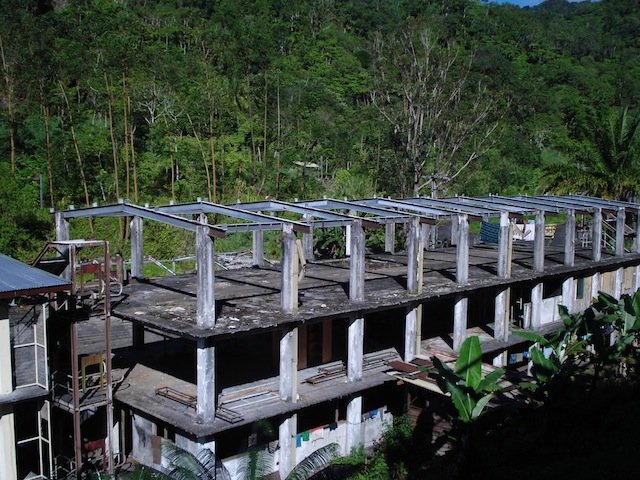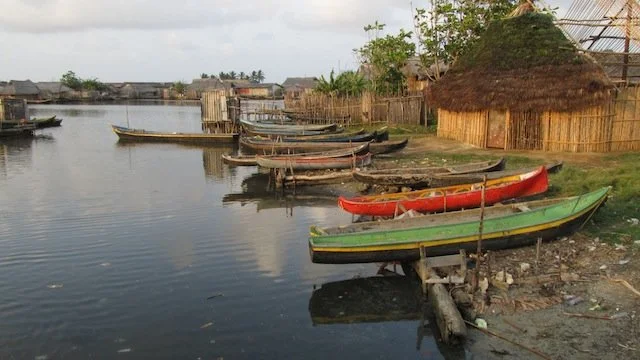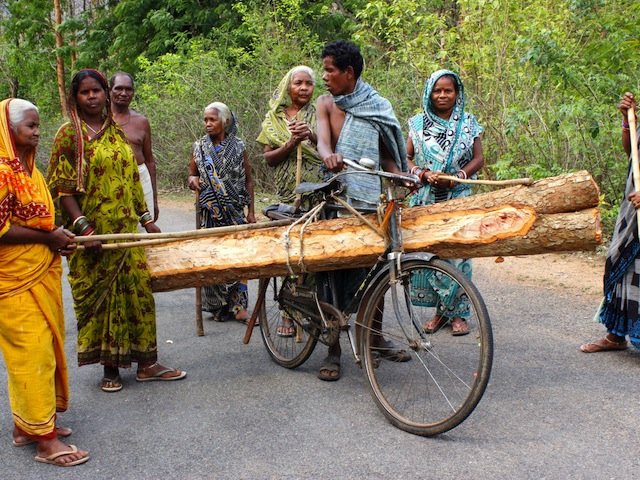The Future Is Now
What is sustainability?
While world leaders and the United Nations debate the details, for many it is already a question of life and death: How will humanity survive the predicted changes in the global climate? What will become of the planet’s biodiversity? How will communities resist one of the largest land and resource rushes in history?
Humanity is at a crossroads where movements to preserve biodiversity and ecosystems are meeting with struggles to resist development and business as usual. This series, a collaboration between EH and IPS-Inter Press Service focuses on these converging efforts to preserve and create alternative economic, social and political models. From women’s groups organizing resilience to climate change, to grassroots mobilizations against environmentally destructive development, to indigenous communities preserving ancient ways of life, the future is already happening.

Ecosocialist News
“Nature will always prevail,” says Angel Moreno, a campesino and leader in the National Network of Popular Agroecological Schools, as he points to the grass sprouting through the sidewalk in the mountain village of Monte Carmelo in Venezuela. “But if we’re going to fight imperialism, we need seeds.”
Vegetables grown in the lush soil of this quiet agricultural community in central Kenya’s fertile wetlands not only feed the farmers who tend the crops, but also make their way into the marketplaces of Nairobi, the country’s capital, some 150 km south.
From Arawa, once the capital city of Bougainville, an autonomous region in eastern Papua New Guinea in the southwest Pacific Ocean, a long, winding road leads high up into the Crown Prince Ranges in the centre of the island through impenetrable rainforest.
In the course of human history many tens of thousands of communities have survived and thrived for hundreds, even thousands, of years. Scores of these largely self-sustaining traditional communities continue to this day in remote jungles, forests, mountains, deserts, and in the icy regions of the North.
Under the leadership of women like Pradhan, 850 villages in the Nayagarh district of Odisha state are collectively managing 100,000 hectares of forest land, with the result that 53 percent of the district’s land mass now has forest cover. This is more than double India’s national average of 21 percent forest cover.
HuligeAmma, a Dalit woman in her mid-forties, bends over a sewing machine, carefully running the needle over the hem of a shirt. Sitting nearby is Roopa, her 22-year-old daughter, who reads an amusing message on her cell phone and laughs heartily.
The pair leads a simple yet contented life – they subsist on half a dollar a day, stitch their own clothes and participate in schemes to educate their community in the Bellary district of the Southwest Indian state of Karnataka.
But not so very long ago, both women were slaves. They have fought an exhausting battle to get to where they are today, pushing against two evils that lurk in this mineral-rich state: the practice of sexual slavery in Hindu temples, and forced labour in the illegal mines that dot Bellary District, home to 25 percent of India’s iron ore reserves.
Ecosocialist Horizons correspondent Terisa Turner is in Ecuador, bringing us front-line reports of the cutting edge struggles currently underway in defense of humanity and nature.








